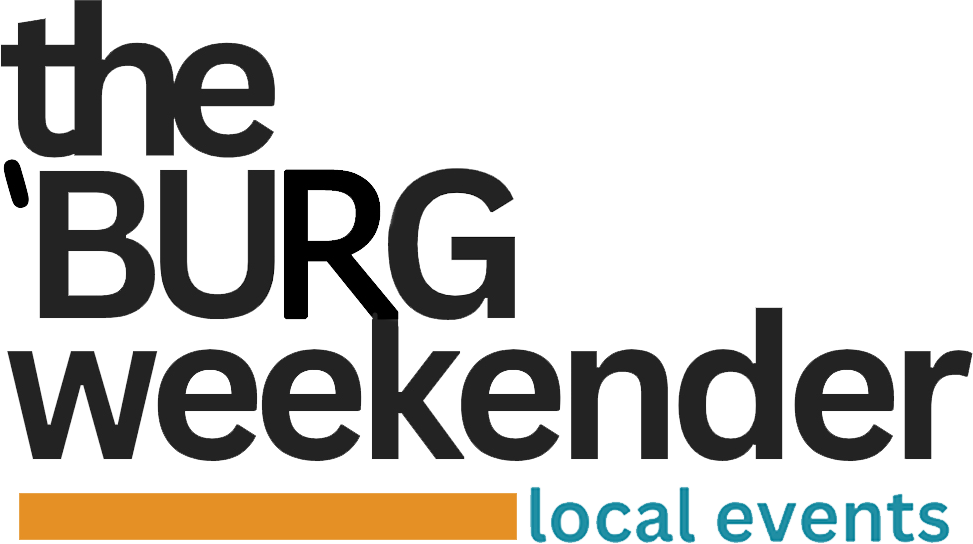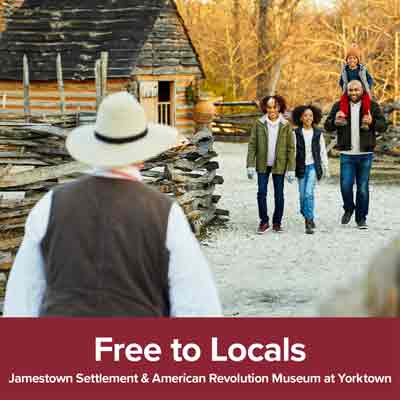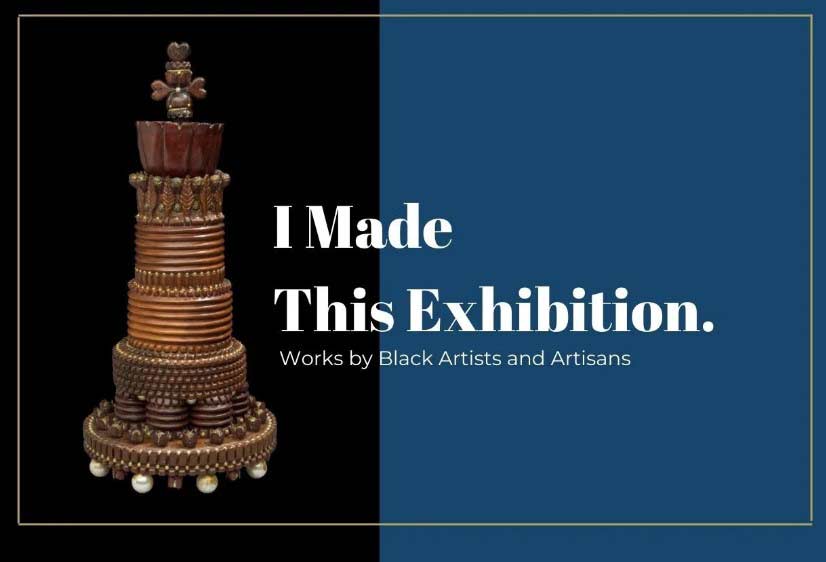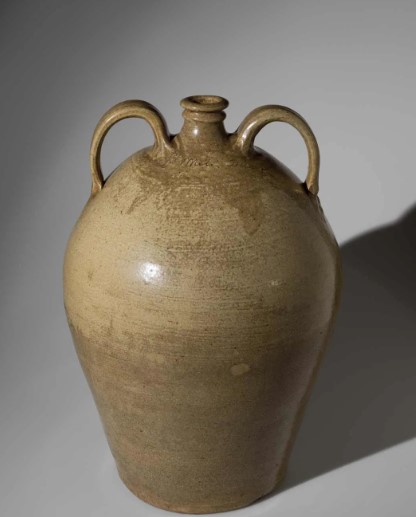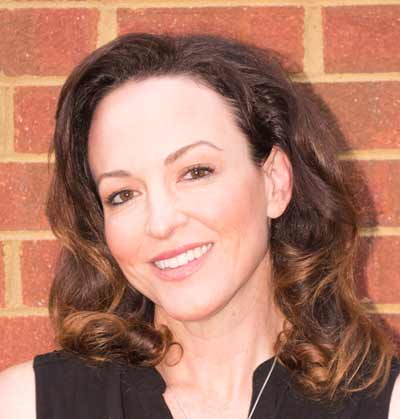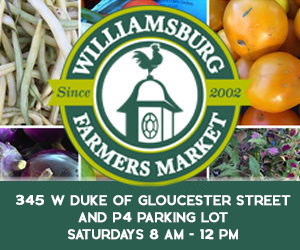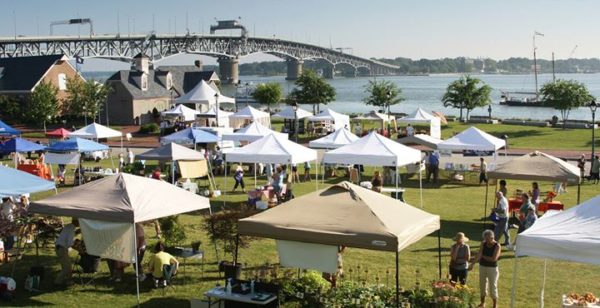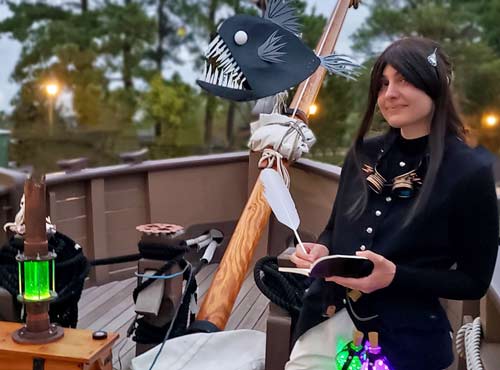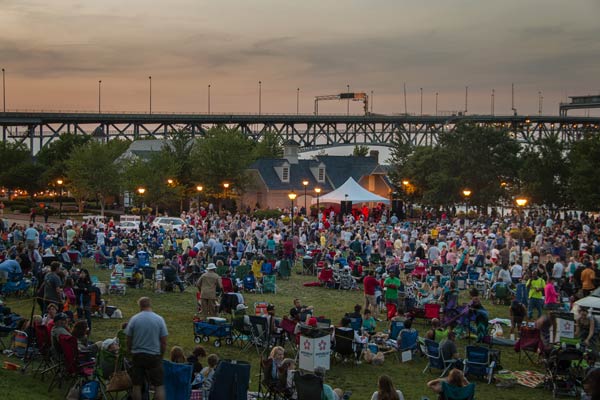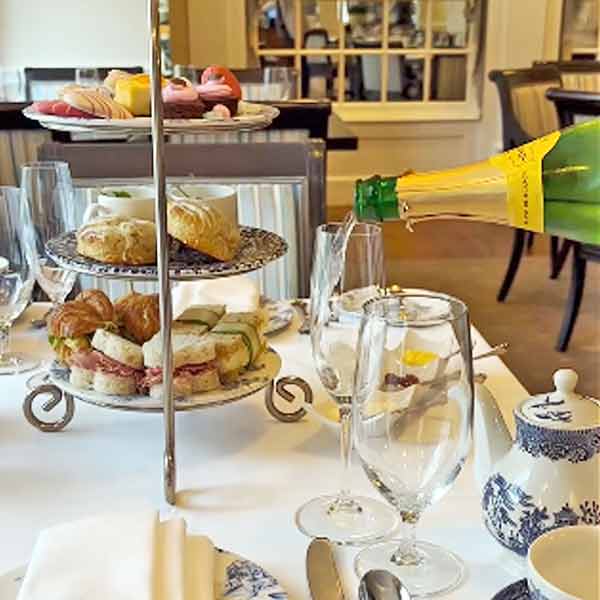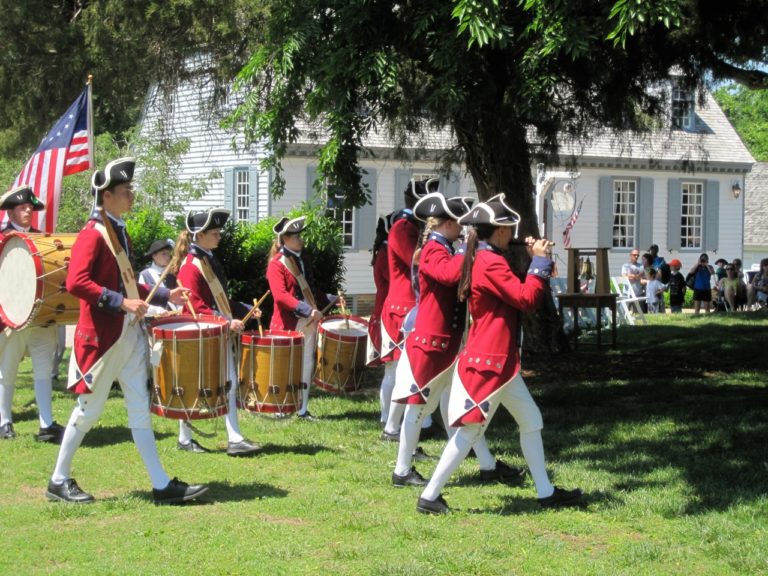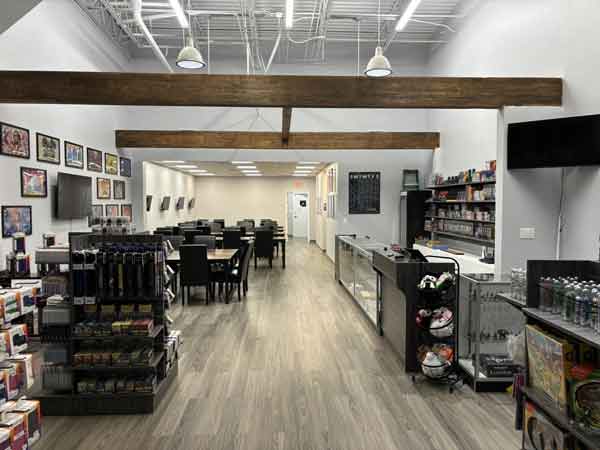“I made this…”: The Work of Black American Artists and Artisans at the Art Museums of Colonial Williamsburg
“I made this…”: The Work of Black American Artists and Artisans at the Art Museums of Colonial Williamsburg
Special programming at the Art Museums related to the exhibition and Black History Month will include a new tour, “Works by Black Artists and Artisans,” each Tuesday in February and March at 11:30 a.m. that will look at objects in “I made this…” as well as works on view in other galleries. This tour is free with museum admission. On Thursdays in February and March at 11:30 a.m., another tour, “A Quilter’s Story,” will examine one specific quilt and its maker followed by a mini quilting project. There is a $5 fee for this tour (in addition to museum admission to cover the cost of the quilting project).
In February, the Art Museums will also debut a new, self-guided tour highlighting objects by Black artists on view in other galleries throughout the museum. This self-guided tour, which features some newly acquired objects, will show visitors that these works of art and their makers are important pieces of the American story.
“I made this…” will celebrate the lives of eighteenth through twentieth-century Black American artisans and artists through the material culture they created. This Art Museums of Colonial Williamsburg exhibition features nearly 30 items from their collection. Objects from both Decorative Arts and Folk Art collections will be displayed in the same gallery contrasting the aesthetics and designs of men and women from different times, places, and backgrounds. These pieces represent the inspirations, resilience, and legacies of these talented makers.
The exhibition’s title quote, “I made this…” comes from David Drake (ca. 1801-ca. 1875), among the more well-known artisans whose work will be featured. Drake is one of the few enslaved potters in 19th-century America whose work can be specifically attributed to him. Working in the Edgefield district of South Carolina, Drake is one of the very few enslaved potters known to sign and date his wares at a time when literacy for the enslaved was illegal. He often inscribed verses on his pots; several began with the words, “I made this….” Drake may have learned to read and write from his first enslaver, Harvey Drake.
Photo Caption: Five Gallon Jug | David Drake Stoney | Bluff Plantation, Edgefield, South Carolina
April 26, 1842 | Ash-glazed stoneware | Museum Purchase, The Friends of Colonial Williamsburg
Collections Fund, 2021.900.24A five-gallon jug, made by Drake of ash-glazed stoneware and on view for the first time at the Art Museums, is among the highlights of “I made this…”. Very few two-handled Drake jugs are known, and even fewer are signed and dated. This example, made at Stoney Bluff plantation in Edgefield, is the tallest of his recorded jugs at nearly 20 inches and is a monumental example of his outstanding potting techniques. It is dated “April 26, 1842” on one side and reads “L. Miles Dave” on the other, referencing Lewis J. Miles and Drake himself. Drake began working for Lewis Miles in 1840, while enslaved by John Landrum who died in 1846. In 1849, Miles became Drake’s enslaver.
“Colonial Williamsburg has long sought to acquire objects that illustrate the diverse nature of early American society,” said Ronald L. Hurst, the Foundation’s Senior Vice President, Education and Historic Resources and The Carlisle H. Humelsine Chief Curator. “The documented works of gifted Black artists and artisans have long been included in our exhibitions, but we have rarely had the opportunity to mount an exhibition that looks solely at this rich body of material. This is an important and timely undertaking.”
The curation of “I made this…” is also an important first for the Art Museums. Colonial Williamsburg employees from across the Foundation’s various disciplines assembled to assist with the exhibition. The diverse advisory group, comprised of Black and white staff from the historic trades, museum theater, orientation, historic sites, curatorial services, archaeology and conservation departments, met over the course of several months to discuss exhibit themes and to help with object selection. The outcome of their individual experiences, backgrounds and perspectives guided important conversations, among them the decision to emphasize the personal stories of Black artists and makers alongside their objects in the exhibition. Committee members also worked with input from Foundation curators and conservators to refine a list of 140 objects from Colonial Williamsburg’s collections down to nearly 30 pieces in addition to several rotations of light-sensitive material.
A central concept of the exhibition is the idea to highlight makers from various circumstances and backgrounds in a way that celebrates their achievement, artistry and craftsmanship over the course of three centuries. This was done by placing a diverse grouping of objects from various time periods alongside one another. While the creation of a multi-media, cross-disciplinary exhibition on African American art is new for Colonial Williamsburg, the acquisition and exhibition of Black-made objects goes back at least 75 years. The Foundation’s commitment to telling the larger story of American craft is also evident in the recent acquisition of important objects by Black artists and artisans. Nearly one third of the objects in “I made this…” are comprised of pieces acquired within the past five years.
One of the notable textile examples to be seen in this exhibition is a sampler made in Salem, Massachusetts, in 1818 by Sarrah [sic] Ann Pollard (dates unknown), a student at the Salem African School. The primary goal of African schools was to provide religious instruction to Black children. Making samplers provided instruction for girls in arithmetic and spelling in addition to stitching. Sarrah’s teacher was Clarissa Lawrence, who presided over the school from 1807 to 1823. In 1832 Lawrence became a charter member of the Salem Women’s Anti-Slavery Society, established by free Black women, and served as chair for the Society’s committee for the Salem African School, helping to underwrite the teacher’s salary and provide substitute teaching when necessary. Lawrence was chosen in 1839 as a delegate to the third annual Anti-Slavery Convention of American Women. During a discussion about improving education for Black children, Lawrence addressed the convention saying in part, “We meet the monster prejudice everywhere … we are blamed for not filling useful places in society; but give us light, give us learning, and see what places we can occupy.”
New to the Foundation’s furniture collection and included in “I made this…” is a side chair made by Thomas Day, a free Black craftsman from Milton, North Carolina. Day learned the art of cabinetmaking from his father, later operating his own shop from the early 1820s until his death in 1861. Day employed free Black, white and enslaved workers in the production of furniture and architectural woodwork. He was well-regarded by local society, often described by customers and neighbors as “steady and industrious,” and considered to be a “first rate workman,” and a “highminded [sic], good, and valuable citizen.” His attendance at The Fifth Annual Convention for the Improvement of the Free People of Colour in Philadelphia in 1835 and ties to national abolitionist leaders suggests he quietly harbored anti-slavery sentiments that he likely dared not share outside his family. This chair may have been originally owned by Day’s neighbors and fellow Presbyterian parishioners Samuel and Elizabeth Watkins, owners of the building that Day purchased for his shop and home in 1848.


